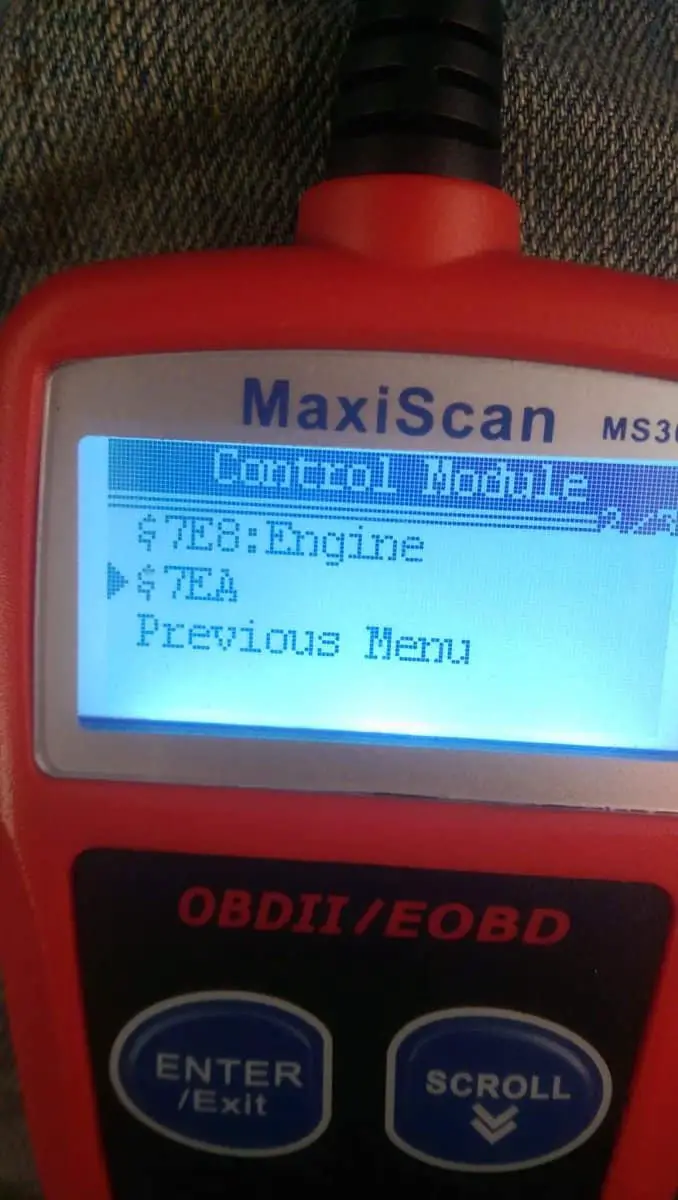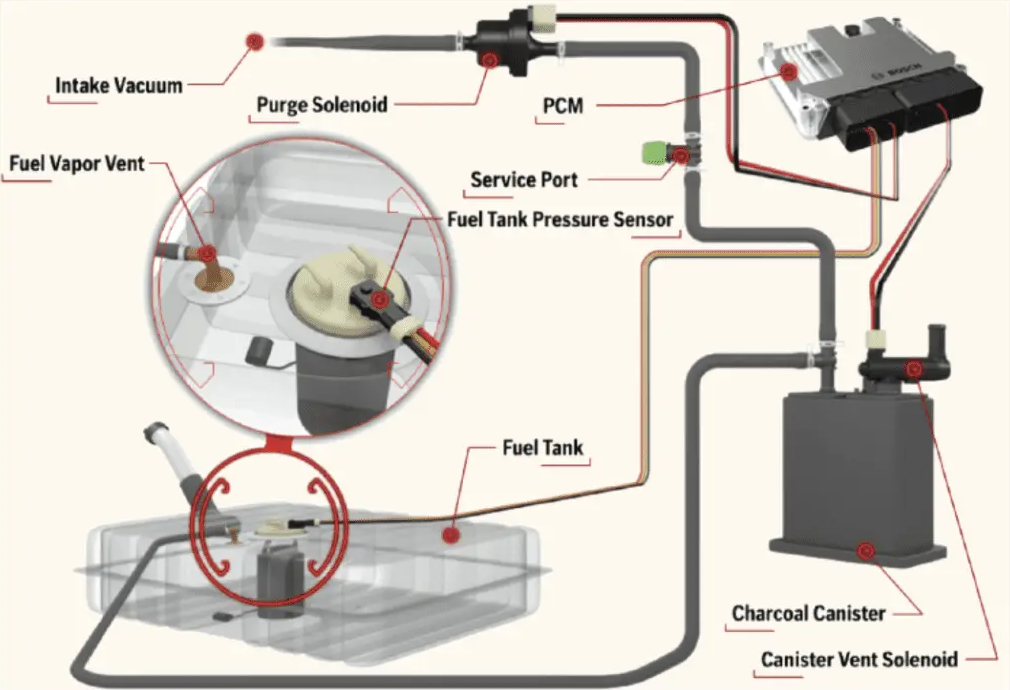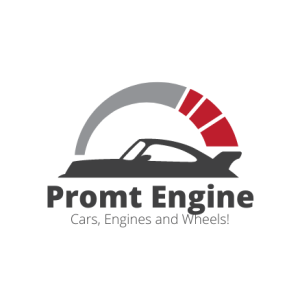In the high-tech world of automotive technology, your vehicle speaks to you in a language of codes. Every time you start your car, multiple sensors and systems are continually monitored for signs of not performing optimally. When something goes amiss, your vehicle’s onboard diagnostic system (OBD) generates an error or a ‘trouble code’ to alert you of a potential issue.
Understanding these engine error codes is crucial to maintaining your car’s performance and longevity. These codes give you insights into what’s happening under the hood, often before symptoms become noticeable or potentially cause further damage. They range from issues with the emissions system to the transmission, engine performance, electrical systems, and more.
If you want to learn about car engines, please visit the free course about machines in your car.
7E8 engine code
7E8 engine code represents the car’s engine data stream and indicates ‘air pressure’ loss for the evaporative emission control system. Usually, the 7E8 Code implies an engine powertrain; 7E9 Implies the transmission powertrain. Possible causes see the 7E8 Code are:
- Leaking, disconnected, or plugged fuel vapor lines
- Fuel filler cap damage or missing
- The faulty or damaged fuel filler pipe
- Faulty Canister
- Faulty CCV (Canister Close Valve)
- Faulty FTPS (Fuel Tank Pressure Sensor)
- Faulty PCSV (Pressure/Purge Control Solenoid Valve)
- Faulty seal of the fuel pump

The above is presented in the Ford-150 7E8 code.
Ford-150 error code indicates a 7E8 error for the engine powertrain and a 7E9 for the transmission powertrain.
An automobile’s engine is its central figure or heart. It is factory-made to translate heat assimilated through burning gas, producing force to turn on the vehicle. This machine is called an internal combustion engine because of the rapid set of chain reactions achieved through spark motion. Spark motion gives rise to a mixture of petrol vapors and compressed air trapped inside the cylinder, allowing it to burn quickly. The car derives its power and force through this mixture burning in the internal combustion engine.
The engine should be heavy-duty, long-lasting, and durable to withstand excessive power. The main body of the engine consists of a lower cylindrical section, which is comparatively heavy. The other part is the detachable upper part of the cylinder head. Different types and categories of engines provide various utilities and consumption power based on different layouts.
The in-line engine is the most common and simplest form, consisting of four vertical cylinders placed closely together in a row. Because of its row placement, it is known as an in-line engine and has more than 2000 cc.
Similarly, a V-8 engine is more compact and is currently employed by most manufacturers. It has eight or 12 cylinders opposite each other, forming a 90° angle. Some vehicles are also equipped with a horizontally positioned engine that extends the engine and is set at an angle of 180°. Since it is placed horizontally, it acts as a compact space and saves extra gaps.
An engine code, engine number, or vehicle identification number differentiates the types and categories of engines. It is located on the lower corner of the windshield towards the driver’s side. You can identify the model and the engine type mentioned on the vehicle identification number if intending to buy additional automobiles. However, if you have problems identifying the basic specifications of a car, you can get help from an auto code reader. You can utilize it by plugging it into the car’s internal computer system, giving you the code reading.
The car code reader should be inserted into the diagnostic link connector under the dash. Turn on the ignition and follow the instructions of the auto code reading machine in the instruction manual. An engine code will help identify potential engine risks and help you determine whether you should drive. This will signal to fix the engine’s problem, if any. Your vehicle may display a check engine light on the speedometer, generating multiple automobile problems. Therefore, investing in an engine code reader or a scanner is sensible for vehicle owners. It will give you an accurate reading compared to a manual mechanic.
A 7E8 is not a code but a menu for the engine data stream. In contrast to this, 7E9 Implies transmission. Different scan tools explain the engine power train and transmission power between the car’s ABS. There are three available control modules for the scan tools to test.
How do you fix the 7E8 engine code problem?
To fix the 7E8 engine code problem, a scanner should be used to replace the fuel cap and clear codes. Then, you must run the EVAP Leakage Test using your car scanner. Additionally, you need to check the fuel level in the tank using your scanner. It should be between 15% and 80%. Finally, run a ‘smoke test’ on the EVAP system. If you pass everything, your Code will disappear, and everything will be fine.
Your car’s EVAP system must be tested for leaks yearly or 10,000 miles. Suppose you notice any needle holes in this area after performing a fuel cap replacement and getting an “EV leak test,” as recommended by your puzzled mechanic. In that case, there was likely some problem with how they were installed originally, which may lead to more severe issues like poor gas mileage due to excessive emissions inside our vehicles’ tanks.

The difference Between 7e8 and 7e9 Code
The difference between 7E8 and 7E9 is that the 7E8 displays the engine powertrain while the 7E9 shows a transmission powertrain. However, both control the module menu.
- Control Area:
- 7E8: This Code represents issues with the engine powertrain. It includes the engine, the transmission (in some cases), and the drivetrain systems.
- 7E9: This Code primarily indicates issues related to the transmission powertrain. It can hint at problems within the transmission or its related systems.
- Problem Scope:
- 7E8: Errors related to the engine powertrain might involve the engine’s misfire, fuel system, vehicle speed or idle control systems, computer outputs, and more.
- 7E9: Errors in the transmission powertrain are more likely to point toward problems with gear shifting, fluid levels, transmission solenoids, or other components related to the vehicle’s transmission.
- Impact on Vehicle:
- 7E8: Problems with the engine powertrain can affect your vehicle’s fuel efficiency, cause erratic behavior like stalling or rough idling, or even lead to a failure to start.
- 7E9: Issues with the transmission powertrain can result in improper shifting, inability to shift, transmission slipping, overheating, or complete transmission failure in severe cases.
To check the Ford engine code, you need a basic understanding of the code reader.
To operate the code reader, you need to press and hold the reset button of the auto meter and turn on the accessory key. Keep pressing the button until TEST appears on the reading. Once TEST appears, release the button on the odometer and push it again to continue the cycle through the onboard test. Finally, press the button to DTC, which will provide an error code. You can find your engine code by following the four steps through insertion and reading the OBD scanner.
Identify the vehicle’s OBD port, then plug the OBD scan tool into the connector. The codes will be available on the computer. You can record and break down the codes into sections.
If you are experiencing unsettling trouble with your car’s engine, accessing it through a device is better. However, car readers will not automatically fix your car’s mechanical problem but will give you a head start. Since the widespread internal combustion engine concept, engineers and automobile manufacturers have laid out multiple car engine designs.
Each engine has advantages and disadvantages; however, the perfect internal combustion engine depends on each vehicle’s manufacturer. Most car manufacturing companies manufacture vehicles with a four-cylinder engine and a light-duty engine. Flyable is considered one of the essential parts of the engine constituents. It is cumbersome in size with a metal wheel. A flywheel is attached to a crankshaft to remove any impulse discrepancies. Additionally, the flywheel provides inertia and force to keep the engine flowing smoothly.
Speed, thrust, torque, power, efficiency, and sound levels determine the engine’s efficiency. All of these factors must be established properly so that the vehicle’s competence is not compromised.
Let us answer some of your questions:
What is the 7E8 engine code for the GMC Sierra?
The 7e8 Code indicates the engine powertrain at the GMC Sierra, but we can often see this Code for this car if the knock sensor has detected vibration from the engine.
Does the Rolls Royce f130 engine have a 7e8 engine code?
No, the Rolls Royce f130 engine does not have a 7e8 error code.
